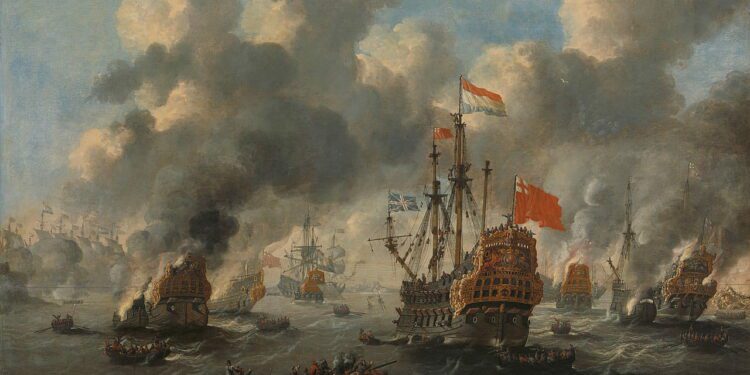Between the financial strain caused by these events—merchants could no longer afford to lend to the Crown—and the naval losses—not just in terms of deaths, injuries, and prisoners, but also in unpaid dismissals and the dismantling of ships of the line—England was in a delicate position, perfect for delivering the final blow, despite George Monck and Prince Rupert’s efforts to present the St. James’s Day battle as a brilliant victory, which, as we’ve seen, it was not. The situation was desperate.
In a special effort, Parliament voted in favor of new taxes totaling nearly two million pounds. However, the payments were subject to so many conditions that disputes delayed collections, and as a result, it became impossible to plan anything for the navy in 1667. It was ordered that the bulk of the fleet be anchored at Chatham, leaving only privateers and a small squadron to attack Dutch merchant ships; their own merchants were left without escorts, exposed to the same fate. It was either time to negotiate or make a drastic move, and the latter came through the agreement of a secret alliance with France, which suddenly shifted from being an enemy to an ally.
Johan de Witt didn’t know about this maneuver, but he didn’t trust either Charles II or Louis XIV, so he decided it was time to make a bold move. As a result of landings on the Danish islands in 1659, the Dutch had just created their Korps Mariniers (Marine Corps), and a contingent of six thousand of them was embarked with the fleet after the Four Days’ Battle to conduct an amphibious assault on Kent and incite the people to rise up against the king. As mentioned earlier, they couldn’t carry out the plan because the Royal Navy had stopped them, but now the navy was licking its wounds, unaware that the enemy was preparing to try again.
Johan de Witt’s brother, Cornelius, boarded to oversee the operation and convince all the captains of the necessity of carrying it out, something they were reluctant to do due to fears of the Thames estuary’s shoals. However, they had the help of two English pilots: a smuggler on the run from the law and a dissenter (as Protestants who refused to acknowledge the authority of the Anglican Church, such as the famous Puritans who had sought refuge in the Netherlands before emigrating to America on the Mayflower, were called).
The fleet commanded by Michiel de Ruyter was made up of sixty-two ships of the line, fifteen light vessels, and twelve fireships (vessels filled with explosives that were deliberately set on fire to be launched against enemy units when they were anchored in formation), totaling three thousand three hundred and thirty cannons and seventeen thousand five hundred men. De Ruyter was a sailor of humble origin—the son of a simple seaman—but he had been sailing since childhood and had gradually risen through the ranks.
Having gained extensive experience in both the merchant navy and whaling ships, as well as practicing privateering against the Spanish, he ultimately established himself in the navy, receiving command ahead of others because he supported the political faction of Johan De Witt. With Cornelis, he had his ups and downs, just like the rest of the captains, who obeyed the order to begin the operation only because their admiral instructed them with the succinct phrase bevelen zijn bevelen (“orders are orders”).
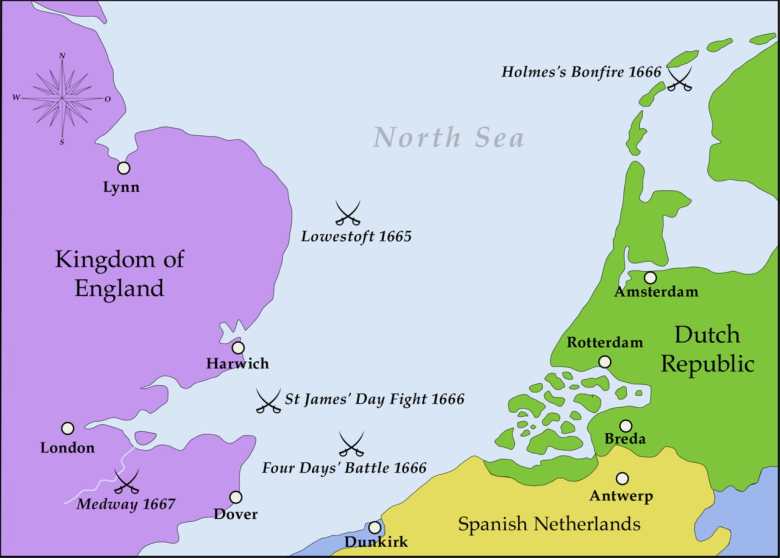 Main battles of the Second Anglo-Dutch War. Credit: Memnon335bc / Wikimedia Commons
Main battles of the Second Anglo-Dutch War. Credit: Memnon335bc / Wikimedia Commons
Things didn’t look promising after a score of English merchant ships that they had tried to capture escaped to Gravesend through one of the estuary’s branches and gave the alarm on June 7th. However, the locals couldn’t do much; most of the ships were in Scotland and Essex, protecting coal shipments (transport difficulties had multiplied its price by ten), so only light ships like frigates or sloops were available. Even so, there was no panic because they didn’t expect the Dutch to dare attack London.
That’s why, when the thirty ships of Willem Joseph Van Ghent’s squadron (seventeen frigates, four fireships, and other smaller units) were sighted—sent by De Ruyter to land a thousand marines—the English reaction was slow and chaotic. In truth, the attackers’ behavior wasn’t praiseworthy either: disobeying Cornelis de Witt’s clear instructions, they got distracted by pillaging the villages on Canvey Island, which gave time for an English militia to expel them.
They only avoided a harsh punishment by offering to lead the attack the following day on the other island, Sheppey, while the English gathered as many men, boats, and cannons as they could—few, since, besides the fact that no one expected this and everything was improvised, many people who were owed wages refused to cooperate. One of the priorities was to provide horses to the militiamen so they could respond quickly to where they were needed, as reports indicated landings at various points.
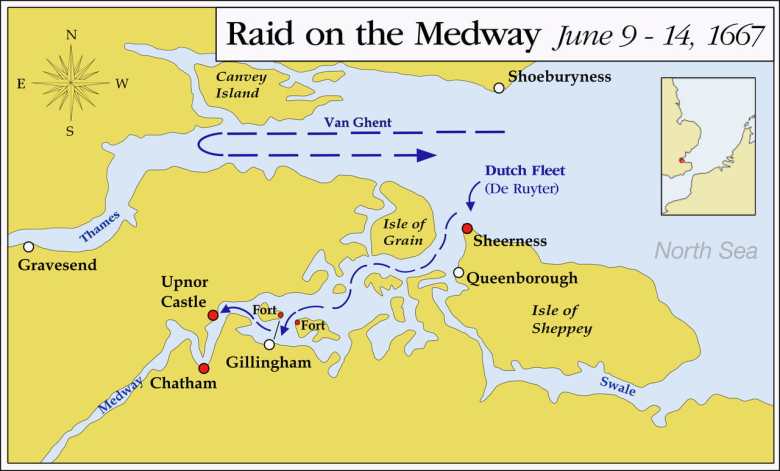 The Dutch incursion along the River Medway. Credit: Memnon335bc / Public domain / Wikimedia Commons
The Dutch incursion along the River Medway. Credit: Memnon335bc / Public domain / Wikimedia Commons
And, indeed, on June 10th the actual assault began with the shelling of Garrison Fort Point, a fort defending Sheerness on the Isle of Sheppey, which couldn’t hold out for long, forcing the English under George Monck to retreat while trying to block the river with the usual chain and the sinking of eleven ships. The first, laid across Gillingham, was so heavy that it couldn’t prevent the light enemy vessels from passing over it; the latter proved insufficient, and more had to be added in different branches of the river. Finally, the sappers of a fireship broke the chain, clearing the way for the larger ships to enter the Medway, one of the arms of the Thames.
They reached Chatham and attacked their enemy counterparts, which, lacking much of their artillery—it had been moved to land-based bastions—and their crews—who were reinforcing the militias—couldn’t defend themselves. The HMS Monmouth managed to escape, but the HMS Unity and the HMS Royal Charles, the flagship of the Royal Navy, were captured, and the remaining sixteen had to be sunk to avoid capture. England had lost thirty ships, and now, indeed, fear spread among Londoners, as rumors circulated that the Dutch were going to bring the French army from Dunkirk.
The fortifications and coastal batteries that lined the Medway were incapable of stopping the advance led by six fireships followed by frigates. The Loyal London, the Royal James, and the Royal Oak, three of the largest ships in the Royal Navy, with more than seventy-five cannons, ended up burned, leaving the English with only four of that class remaining, plus the Royal Sovereign (formerly the Sovereign of the Seas, enlarged), the jewel of the English navy, which was fortunate enough to be in Portsmouth during those fateful moments.
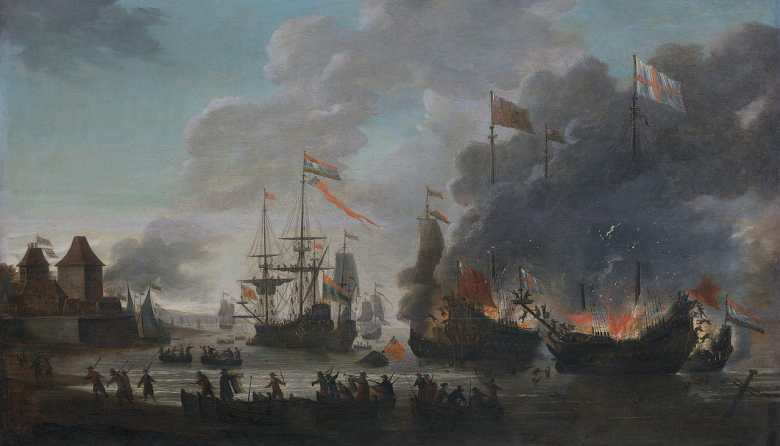 The Dutch burn the English ships, a work by Jan van Leyden. Credit: Public domain / Wikimedia Commons
The Dutch burn the English ships, a work by Jan van Leyden. Credit: Public domain / Wikimedia Commons
Samuel Pepys, Secretary of the Navy to His Gracious Majesty, saw everything lost upon hearing of the chain’s breach and the loss of the ships, securing his family:
All our hearts are now breaking; for the news is certain, that the Dutch have broken the chain and burned our ships, and particularly the Royal Charles; I do not know other details, but these are certainly the saddest. And the truth is that I fear so much that the whole kingdom may fall apart, that tonight I resolve to study with my father and my wife what to do with the little money I have on my part (…) In such fear, I quickly decided that my father and my wife would go to the countryside; and, with two hours’ notice, they went that day by coach, with some thirteen hundred pounds in gold in her night bag.
He then leaves an impressive account of the prevailing fear in London:
Never were people so downcast as today in all the City; and they are speaking very openly, even of treason, that we are bought and sold, that we are betrayed by the Papists and others around the King; they cry out that the Ordnance department has been so slow that there was no gunpowder at Chatham nor at Upnor Castle until now, and all the carriages are broken; that Legg is a Papist; that Upnor, the old and good castle built by Queen Elizabeth, should have been despised lately; that the ships at Chatham should not have been carried further. They consider us lost and are taking their families and rich goods to the city; and I truly believe that the French, having marched with their army to Dunkirk, are going to invade us and that we will be invaded.
As can be seen, everyone expected London was the target, so the next step for the Dutch should be Gravesend, which was only forty-four kilometers away. However, Cornelis de Witt feared that the enemy might finally react and decided to end the campaign. The retreat was carried out along the same route, finishing the destruction of whatever was still intact; only the Chatham shipyards were spared because no Dutch ship came near, a tactical mistake since the Royal Navy would use them to rebuild its fleet (a feverish construction program restored its former strength in just three years, laying the foundation for its rise to naval dominance in the 18th century).
In fact, that “great victory in a just war of self-defense” proclaimed by the victors was not to be repeated; attempts to do so weeks later in other places (Gravesend, Woodbridge, and Osley Bay) failed. Nonetheless, the scare had been tremendous, and Pepys remarked: Thus, in everything, in wisdom, courage, strength, knowledge of our own currents, and success, the Dutch have the better of us and finish the war with victory on their side. Not just them, one might add, as the villages along the retreat path were looted… but by the English militia themselves.
The port officials estimated the damages from the raid at about twenty thousand pounds, not counting the cost of refloating and repairing the sunken ships (the Loyal London was renamed simply London, as the city of the same name refused to help finance it). The Royal Navy’s losses were worse, estimated at around two hundred thousand pounds. In contrast, De Ruyter lost only eight fireships and about fifty men, gaining the status of national heroes alongside Cornelis de Witt and Van Ghent. However, the Royal Charles was dismantled to avoid humiliating the defeated enemies, with its stern preserved at the Rijksmuseum.
More serious for the defeated was the psychological impact. The enemy had been very close and left because they chose to, not because they were driven off. King Charles II suffered a significant loss of prestige because of this and for naively negotiating peace while the Dutch struck. Even so, the attack on Chatham convinced Lord Clarendon, the prime minister, to speed up the peace talks because he feared that general discontent against the Crown might lead to a rebellion. The result was the signing, on July 31, 1667, of the Treaty of Breda, in which both sides made concessions to reach a mutually acceptable agreement.
The English retained New York and received other Caribbean enclaves from France, which compensated for those losses at the expense of Spanish territories in Europe (Franche-Comté, Valenciennes, Ypres, Saint-Omer, Cassel, Maubeuge, and Cateau-Cambrésis). The United Provinces kept Fort Amsterdam in Guinea and Suriname in America, recovering other Caribbean colonies. Additionally, their merchant ships could trade freely as the English Navigation Acts were modified for this purpose.
None of this would prevent a third war from breaking out in 1672, in which England, allied with France, emerged victorious, with France taking the opportunity to invade the United Provinces. The conflict was unfavorable for the Dutch, whose army was no match for their navy and was unable to stop the French troops. Popular discontent, spurred on by the Orangists, led to the murder of the De Witt brothers and the restoration of the office of Stadtholder for William III.
Let Rudyard Kipling close this article with his poem The Dutch in Medway, published in 1911 as a denunciation of King Charles II, who was heavily criticized for his frivolous and wasteful lifestyle:
The moneys that should feed us
You spend on your delight,
How can you then have sailor-men
To aid you in your fight?
Our fish and cheese are rotten,
Which makes the scurvy grow…
We cannot serve you if we starve,
And this the Dutchmen know!
Our ships in every harbour
Be neither whole nor sound,
And, when we seek to mend a leak,
No oakum can be found;
Or, if it is, the caulker,
And carpenters also,
For lack of pay have gone away,
And this the Dutchmen know!
Mere powder, guns, and bullets,
We scarce can get at all;
Their price was spent in merriment
And revel at Whitehall,
While we in tattered doublets
From ship to shop must row,
Beseeching friends for odds and ends..
And this the Dutchmen know!
This article was first published on our Spanish Edition on September 19, 2024: La incursión de la flota neerlandesa que remontó el Támesis, destrozó a la Royal Navy, y desató el pánico en Londres
SOURCES
James Geddes, History of the administration of John de Witt, grand pensionary of Holland
Jonathan I. Israel, Dutch Primacy in World Trade, 1585–1740
P. G. Rogers, The Dutch in the Medway
Robert Lataham y William Mathews (eds.), The diary of Samuel Pepys
David Ormrod y Gijs Rommelse (eds.), War, trade and the state. Anglo-Ducht Conflict 1652-89
J.R. Jones, The Anglo-Dutch Wars of the Seventeenth Century
Gijs Rommelse, The Second Anglo-DutchtWar (1665-1667)
Wikipedia, Ataque de Medway
Discover more from LBV Magazine English Edition
Subscribe to get the latest posts sent to your email.

Hammurabi, the sixth king of the First Dynasty of Babylon, is not only remembered for his famous legal code but also for being the creator of the Babylonian Empire. This…
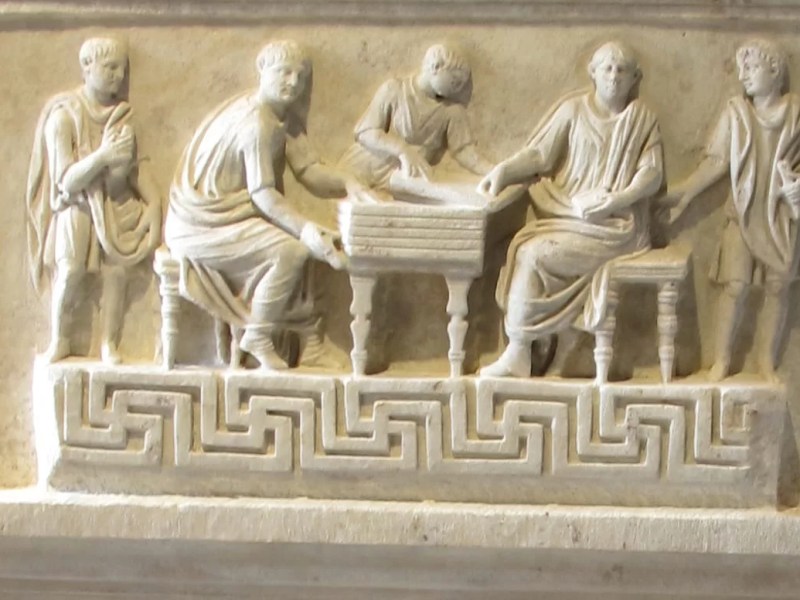
A recently published study by Ella Kirsh from Brown University analyzes shorthand manuals from antiquity preserved in papyri and wax tablets, revealing the complexity and diversity of stenographers’ training, who…

One of the most fascinating and perhaps lesser-known stories of Rome’s history is that of Pallantium (in ancient Greek Παλλάντιον), a legendary city that, according to various ancient sources, stood…
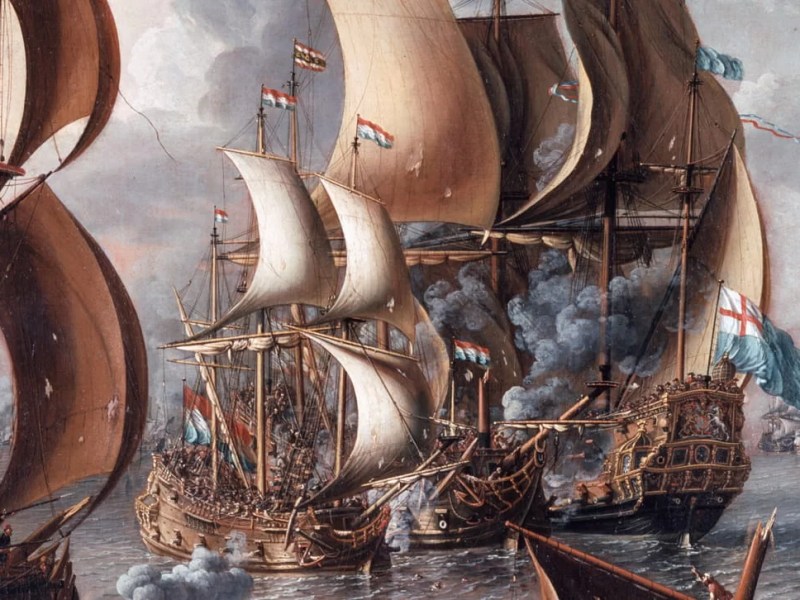
Although the general idea is that the Ottomans and Barbary corsairs limited their naval raids to the Mediterranean, this is a mistake, as ships and even entire fleets dared to…
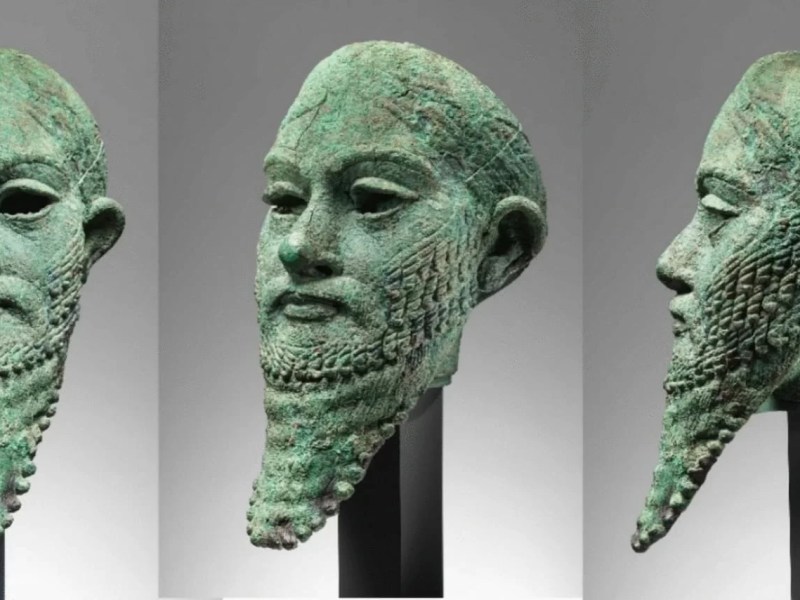
A recent study of an ancient Mesopotamian sculpture using cutting-edge technology has provided information about the earliest metal casting techniques in human history, revealing the technical challenges faced by artisans…
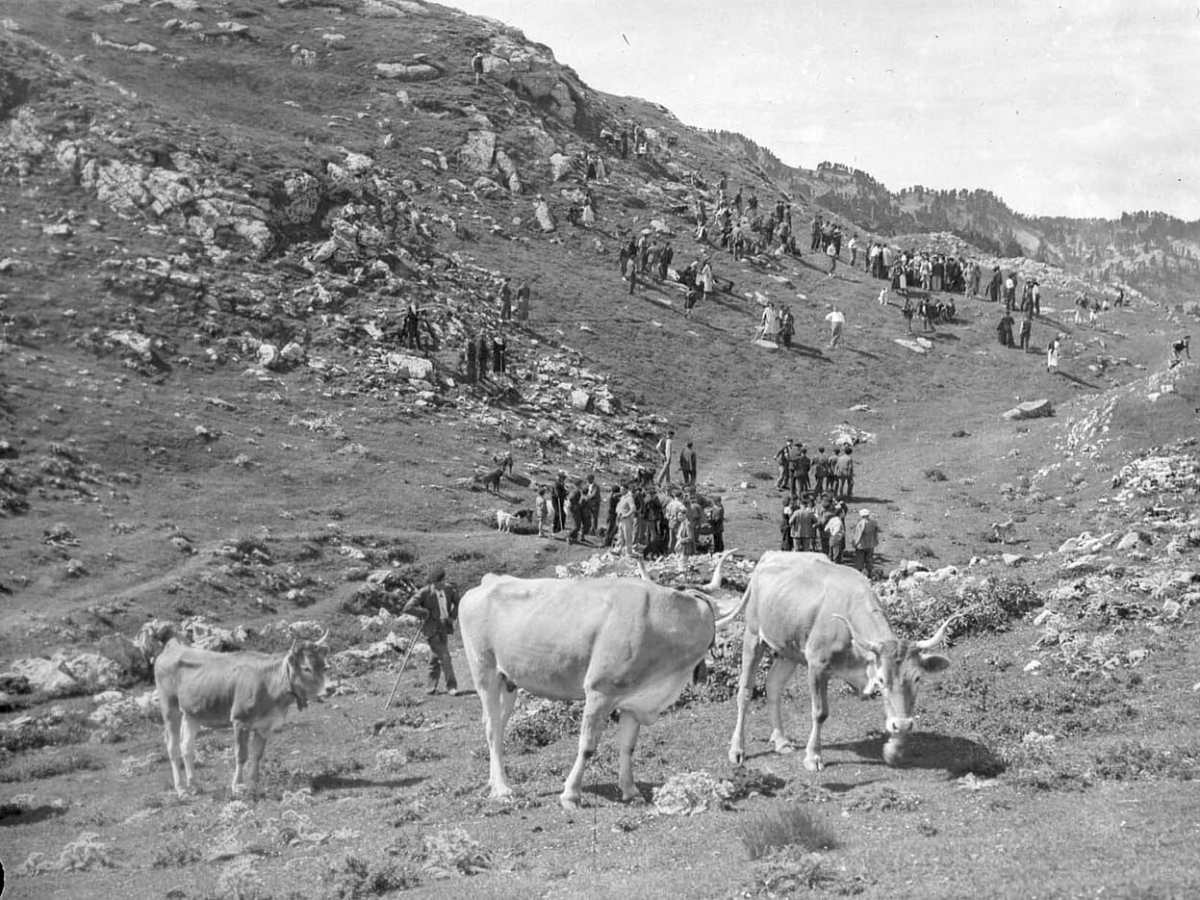
For six and a half centuries, a peculiar ceremony has been held every July 13 at the Ernaz pass and the San MartĂn stone, a mountain pass in the Pyrenees…

Recent archaeological excavations at the ancient site of Fregellae, located around 100 kilometers from Rome, have unearthed the oldest villa discovered in the region, offering remarkable insights into Roman military…

A team of international researchers, co-led by the University of Cambridge, has used the powerful James Webb Space Telescope (JWST) to observe a galaxy from the early universe that is…

As part of the Loire Riverbed Rebalancing Program, carried out by Voies Navigables de France (VNF), the National Institute for Preventive Archaeological Research (Inrap) conducted two excavations along the riverbanks,…

A team of researchers has made a significant breakthrough in the field of transfusion medicine by identifying a new blood group system, called MAL. This discovery, published in the journal…

A collaborative archaeological mission between the Supreme Council of Antiquities and the University of Würzburg in Germany has revealed the original colors of inscriptions at the Temple of Horus in…

A groundbreaking study published in Science, co-led by researchers from the University of Bristol and China University of Geosciences (Wuhan), has uncovered new insights into the causes of the most…
Load more articles
Something went wrong. Please refresh the page and/or try again.
Source link : http://www.bing.com/news/apiclick.aspx?ref=FexRss&aid=&tid=66ebe10866304af69a8c25f8548a1b48&url=https%3A%2F%2Fwww.labrujulaverde.com%2Fen%2F2024%2F09%2Fthe-incursion-of-the-dutch-fleet-that-sailed-up-the-thames-destroyed-the-royal-navy-and-unleashed-panic-in-london%2F&c=12011913263910780631&mkt=en-us
Author :
Publish date : 2024-09-18 13:00:00
Copyright for syndicated content belongs to the linked Source.

